Blog two of two on climate change , glaciers, rivers and China’s ecological civilisation
#gabriellafitte
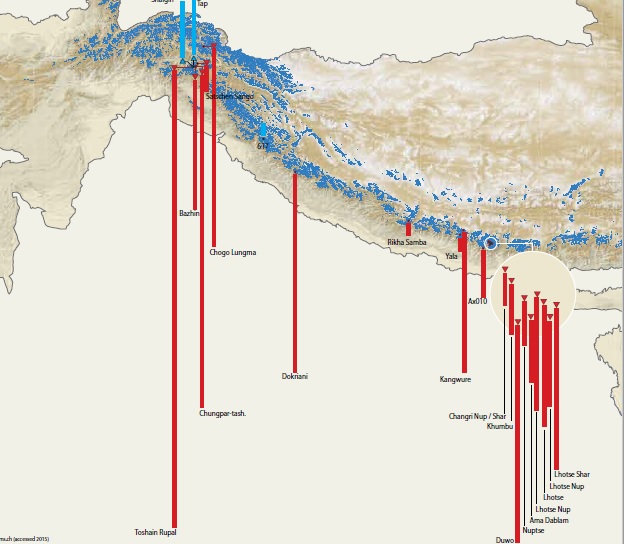
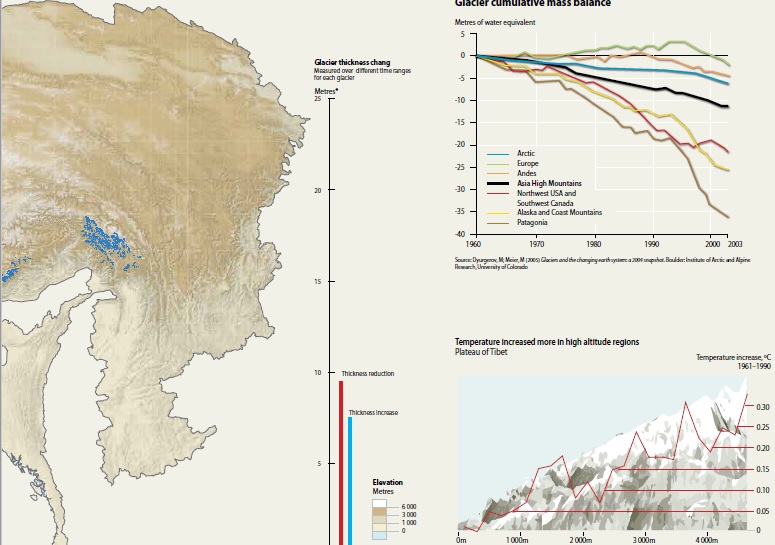
Source: ICIMOD Atlas of Himalayan Climate, 2015
TIBETAN PERMAFROST, RAIN AND SNOW
In Tibet, to the benefit of downstream China, runoff increase is due not only to faster glacier melt but also to today’s higher rainfall and rising lake levels, reversing a drying trend that has lasted for thousands of years.[1] Climate change is here and now.

Rising temperatures also mean permafrost is anything but permanent, now hovering in Tibet just below freezing point. Permafrost melt is not well understood scientifically but its rapid disappearance across huge areas of Tibet is already problematic, both for local communities and globally. As water frozen in the soil melts away earlier these days in the seasonal cycle, water that growing plants could have accessed now drains down beyond the reach of growing roots, affecting both spring crop plantings and wetlands which now dry out.
This also affects the water meadows of the Yellow River in Machu Dzoge (Ru’ergai in Chinese) where official policies decades ago drained the swamp, in order to separate land and water, only to cause vegetation to die off, climate changing methane emissions to rise and peat fires to burn uncontrollably. Now China understands draining the swamp was a mistake and is trying to rectify past policy failures by filling in the drainage ditches, as local leaders now explain.
CHINA REFUSES TO BE ACCOUNTABLE
At the September 2019 UN global climate summit, Secretary-General Guterres challenged governments to be more ambitious in their emissions reduction targets, in keeping with the 2018 IPCC report on what is needed to prevent runaway climate change occurring once temperatures rise beyond 1. 5 degrees. China’s response to this challenge was silence:
“What we certainly did learn was how limited the UN has been in dragging large nations forward. Guterres invited leaders to make new commitments to cut their emissions, stop building coal plants and end fossil fuel subsidies. Three of the four countries with the biggest coal expansion plans – India, China and Turkey – were invited to speak. Each of them failed to address that consequential part of their economy. None of the large polluters met the UN secretary general’s call to raise their climate pledges. China’s statement was potentially the most consequential. It remains up to developed countries to lead, the country said. It’s also a poke in the eye for the UN, which had flagged its confidence that China would front up with new ambition.”
“The path to net zero emissions ‘is something we are just discovering,’ former French climate ambassador and CEO of the European Climate Foundation Laurence Tubiana told CHN. But the top levels of government are not yet engaged. China appears to be wary of setting goals that it does not know it can achieve. Its climate targets are barely better than “business-as-usual”, said Tubiana.”
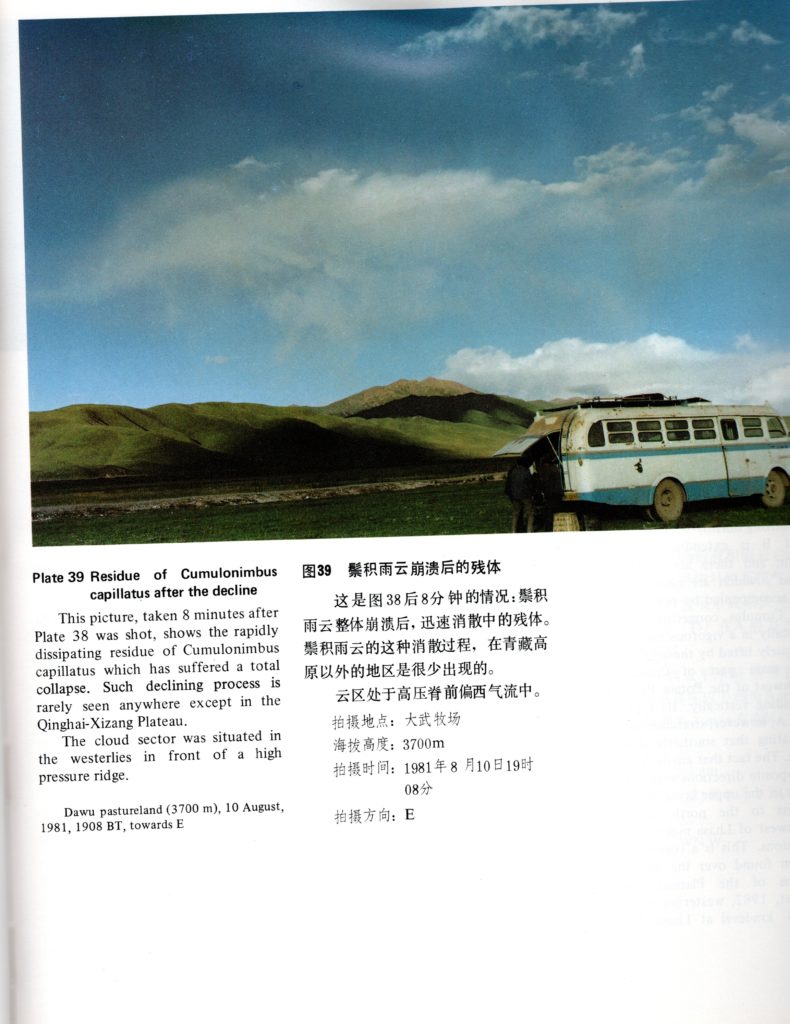
Atlas of Clouds over the Qinghai-Xizang Plateau,1986
China, almost alone among nations, has never committed to any specific emissions reduction target, only to greater energy efficiency while persisting in economic growth and construction of coal-fired power stations. Although China seeks a reputation as a world leader in environmental civilisation construction, in Paris 2015 and ever since it has refused to make any commitment to reduce emissions, other than a proposal to begin emission reductions starting in 2030. According to the IPCC 2030 is when emission reductions need to be fully completed, not beginning, if the planet is to avoid uncontrollable runaway temperature rises.
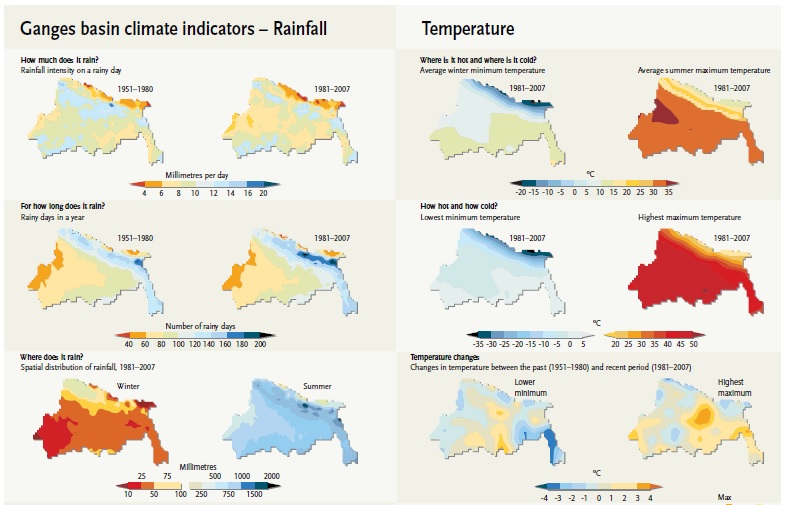
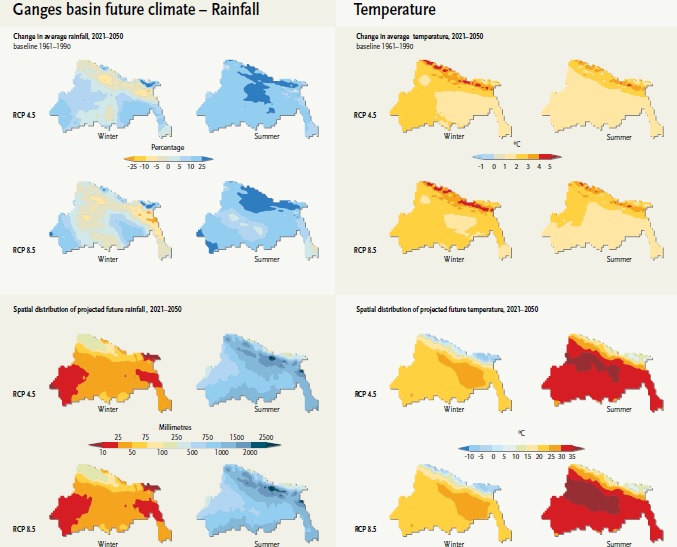
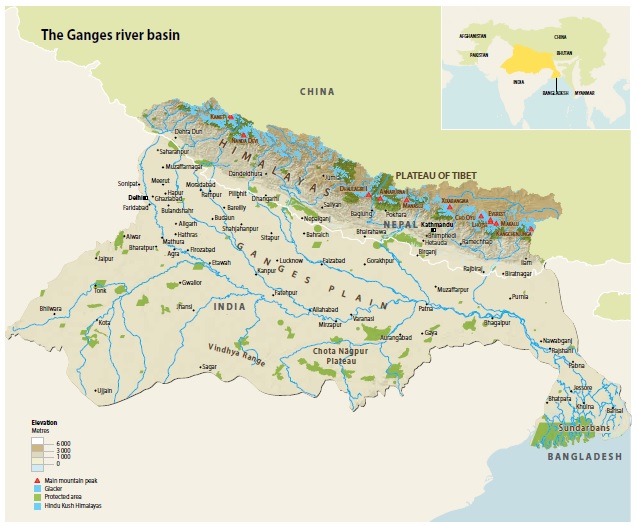
UN Secretary-General Guterres is not alone in calling on China to implement policies needed if the planet is to heat by no more than the IPCC upper threshold of 1.5 degrees. China’s own high level thinktank, the China Council on international Cooperation on Environment and Development (CCICED) in December 2018 called on the government for: “increasingly ambitious plans in the short term via the 14th Five Year Plan (2021 to 2025), in the medium term via a revised Nationally Determined Contribution for 2030 and Beautiful China 2035, and in the longer term via a 2050 Strategy. This will require well-defined targets and timelines as well as pathways for policy reform including the reform of State-Owned Enterprises including the State Grid, and building a well-functioning national emissions trading system.”[2] None of these have happened; it’ still business as usual.
Preparing for the 2019 UN Climate Action Summit, China published an official response, over 3000 words, with very few numbers, none for actual emissions reductions. One of the few specifics was a number for how much energy is needed to make a ton of steel or a renminbi denominated unit of production: “By the end of 2018, its carbon emission intensity had decreased by 45.8% compared with the level in 2005.” This is commendable energy efficiency, but in no way is it an actual reduction in emissions. China remains overtly committed to ongoing economic growth. China also persists in demanding the richest countries do most of the emissions reduction work, while proclaiming itself as a developing country, thus entitled to do less.
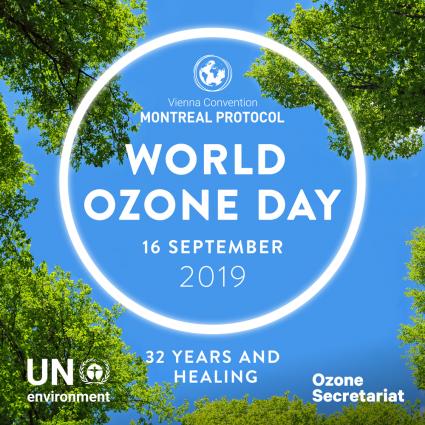
China remains the world’s biggest emitter of climate heating gases, not only carbon dioxide but also methane and chlorofluorocarbons outlawed by globally binding treaty. China persists in burning more coal than the rest of the world combined. Of China’s 50 biggest cities, the one big city China has built in Tibet, Xining, now ranks as one of the highest emitters of carbon dioxide, due almost entirely to the heavy industries surrounding Xining which process Tibetan minerals, oil and gas, with little effective regulation.[3]
DEALING WITH CLIMATE CHANGE BY DEPOPULATING TIBET
For China and Tibet, most rain and snow comes with the summer monsoons, and winter is the dry time. Climate warming means spring now starts earlier, long before the rains arrive, parching the spring growth. Industry needs water year-round, and has always relied on glaciers to steadily release water, supplemented by dams impounding water to further extend seasonal flow. Now the balance is tilting. The IPCC reports that the monsoons are become more unpredictable and more extreme, more prone to inundate or to fail.
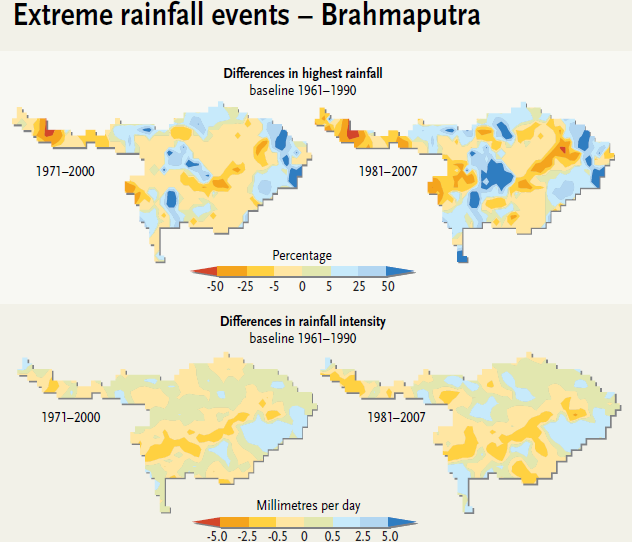
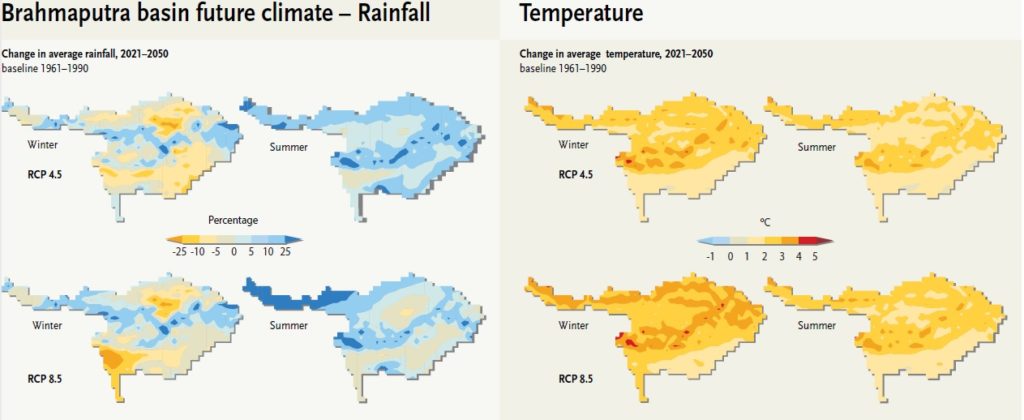
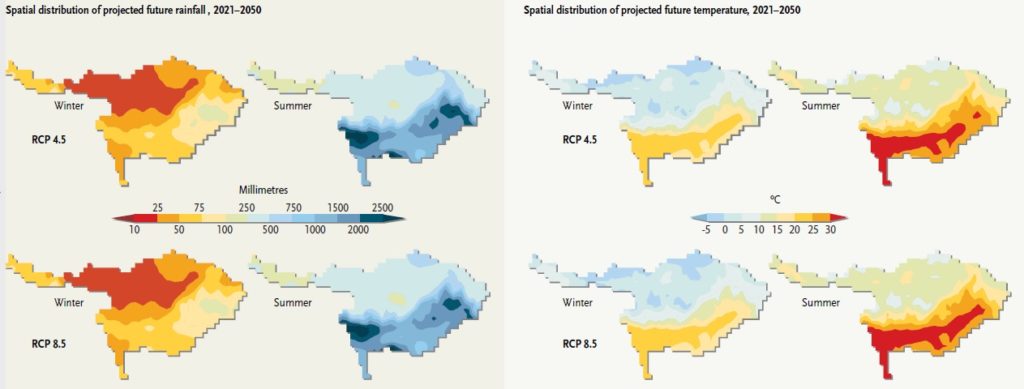
China’s policy response is to close pastures and remove pastoralists to concrete block settlements on urban fringes, where their customary skills are useless, and urban employment is not available to those not fluent in Chinese. The theory is that careless over grazing by ignorant herders has caused grassland degradation and erosion, thus making the water run faster. Excluding the pastoralists and their grazing herds makes more grass grow, slows the water flow across the vast alpine meadows of Tibet, thus guaranteeing the provisioning of water to northern China, which has become Tibet’s primary service to China. That’s the foundational premise of Chinese policy.
THE TIBETAN CRYOSPHERE AS ENVIRONMENTAL SERVICE PROVIDER TO ALL OF ASIA
This is an example of the many environmental services provided by the cryosphere, services many human lives rely on. China, in its refusal to name any emissions reduction target despite worldwide pressure, persists in failing to protect those cryosphere services. Within China, traditionally the first beneficiaries of cryosphere services have been those closest to the snow field slopes and the glaciers, the nomads of the Tibetan plateau. These upper riparians for thousands of years respected and protected these landscapes, often revering the mountains as gods.[4] There is no reason to suppose Tibetans in recent decades abandoned tradition and began overgrazing, causing land degradation of their own homelands, careless about the consequences of their actions.
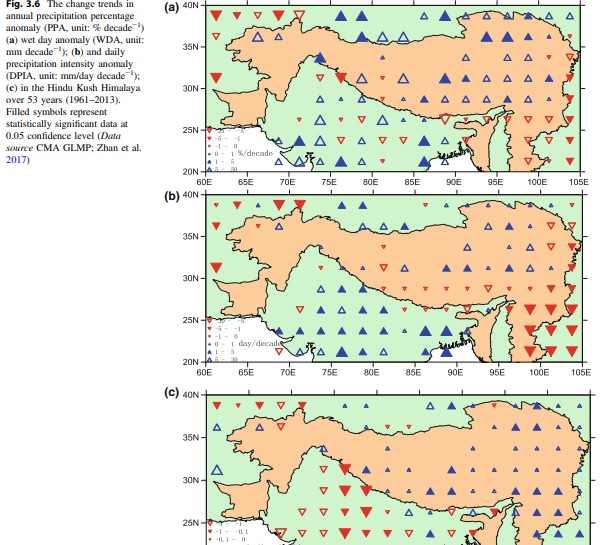
Official decrees from above curtailing nomadic mobility, forcing herders onto smaller land allocations were the cause of land degradation, and of intensifying poverty as pastoralists had to get by with less grass, smaller animals, rigidly assigned stocking rates, the expense of compulsory fencing, fodder crop ploughing, sowing and harvest, increasingly hemmed in.[5] intensifying poverty drove many to accept official urgings to relocate to urban fringes, surrendering land rights and selling remaining livestock. These official interventions, a cascade of official policy failures, have deeply disrupted pastoral livelihoods and now threaten the collective food security of Tibet for the first time, as so many food producers cease production.
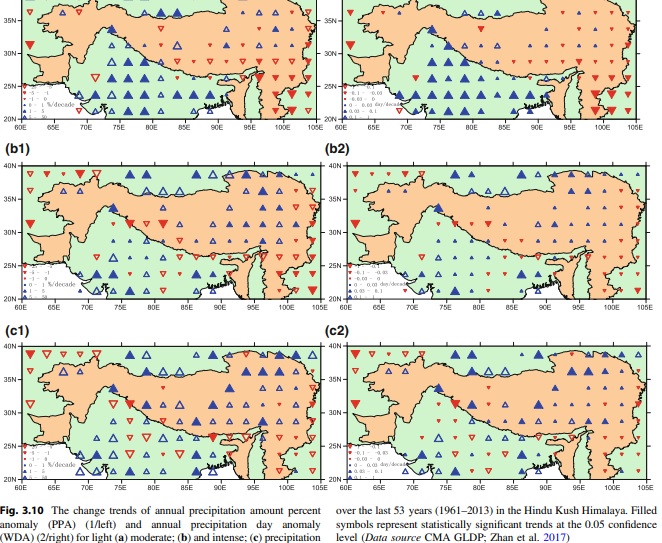
Source: R Krishnan, Unravelling Climate Change in the Hindu 3 Kush Himalaya: Rapid Warming in the Mountains and Increasing Extremes, in The Hindu Kush Himalaya Assessment, ICIMOD, 2019
ICIMOD’s 2019 Hindu Kush Himalaya Assessment reminds us: “In China, ethnic minorities are overwhelmingly concentrated in mountainous areas and are significantly poorer than the Han majority—their consumption poverty level is more than twice as high and their income poverty rate is three times as high as that of Han communities. In rural areas, ethnic minorities have less access to wage employment and earn less when they engage in wage employment. Enrolment rates among school-aged children are lower among minority populations than among Han populations. Also, minority areas have less developed healthcare infrastructure and less access to safety nets such as unemployment and pension insurance.”[6]
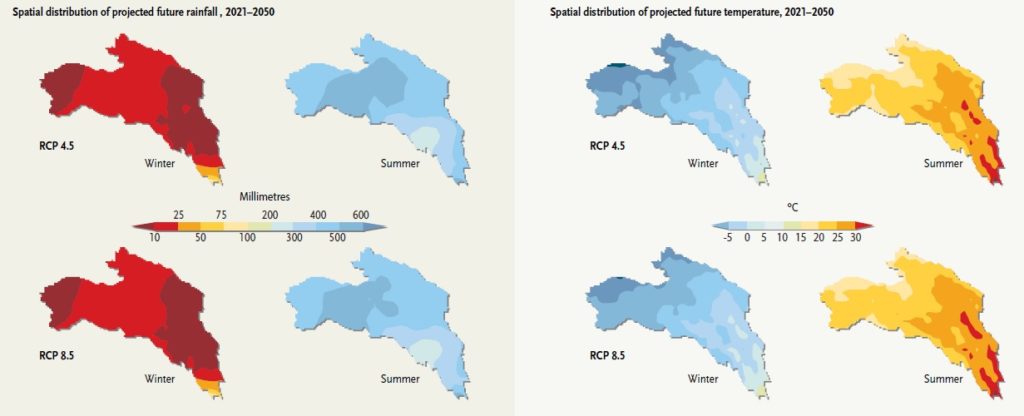
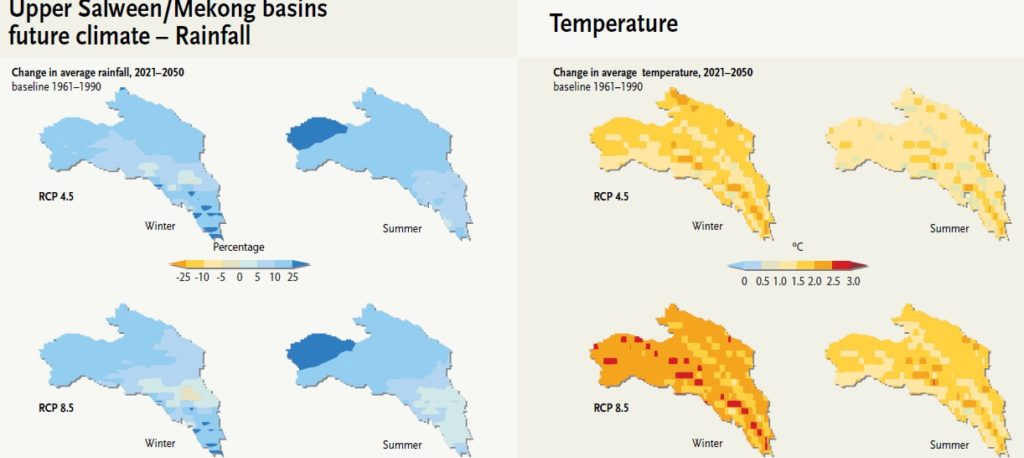
Climate change, on top of all these drivers of immiserisation, may be the last straw for many rural Tibetans, including nomads accustomed to living off uncertainty. For China, however, climate change can be blamed for whatever goes wrong, as if it were an unstoppable force of nature. It is the ideal excuse. This is toxic. China persists in asserting its formula of “common but differentiated responsibilities” for doing little about climate change. China defines its differentiated responsibility as requiring no specific emissions reduction quantum at all.
The reality is that China’s top priority, for all its talk of “constructing ecological civilisation” is economic growth, under a government committed above all to stimulating growth for fear of social unrest if growth falters. Because growth remains the paramount priority, forecasts of China’s carbon emissions vary, but agree that the peak, yet to come, may be as high as 16 billion tons of CO2 belched skyward annually, and after that peak, around the year 2030, the decline in emissions will be modest and slow.[7] This is completely inconsistent with the IPCC message.
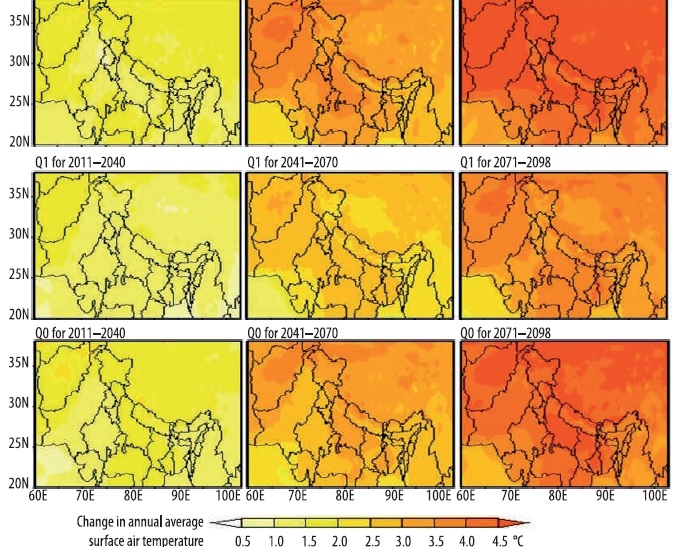
Source: Ashwini Kulkarni et al., Projected Climate Change in the Hindu Kush-Himalayan Region, 2013,
Mountain Research & Development
China’s case for remaining exempt from emissions reduction targets for rich industrial nations is that it is only a recent industrialiser, with still a long way to go to catch up with the countries pouring carbon into the atmosphere since the start of the industrial revolution’s first steam engines. This is factually incorrect, as Chinese scientists have recently reminded us. Carbon levels in the atmosphere remained low, below the level that forces climate to warm, until 1965.[8] Only after that did carbon levels start rising fast, at a time China was urgently industrialising.
HOW TIBETANS ADAPT TO CLIMATE EXTREMES
Some Tibetan areas in the Himalayas are in rain shadow, naturally dry as monsoon rains have already fallen at lower altitudes as clouds push up the slopes. With great ingenuity, local Tibetan communities have learned how to make skilful use of the annual freeze-thaw cycle to capture the autumn tailend of the monsoon by freezing it, to be available as ice melt in spring when young crops need watering well before the summer monsoon arrives.
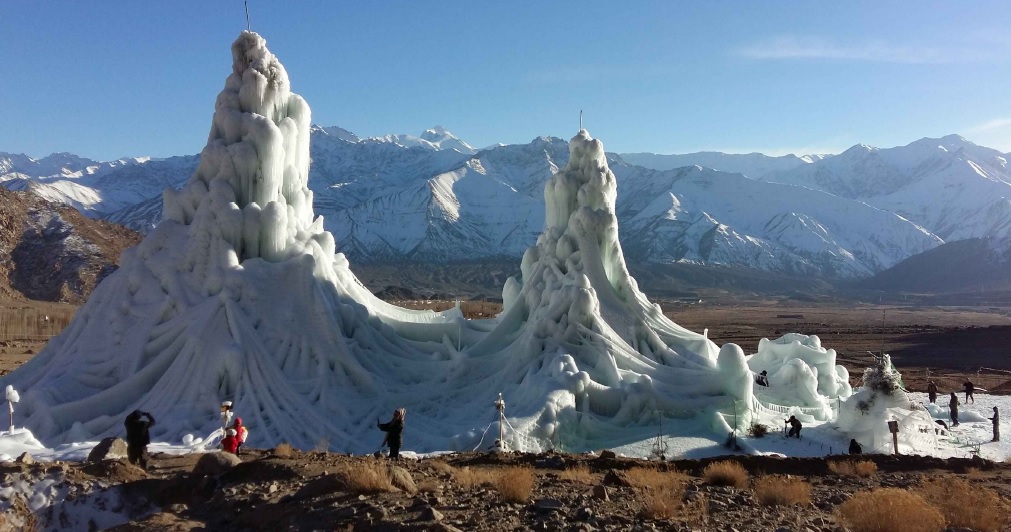
Climate scientists admire these entrepreneurial ways of damming water with simple stone walls across creeks that freeze over winter and in spring gravity flow to the fields needing irrigation. The scientists adopt Ladakhi usage, calling the most dramatic adaptations ice stupas, as these mini glaciers made by human hand look like the Buddhist memorial chortens found all over Ladakh, the Indian portion of upper Tibet.
IPCC, while hailing these local innovations, worries that climate warming means they will soon no longer work, or will become less useful as climate becomes more unreliable and unpredictable. IPCC states Western Himalayas are drying further, and in some areas glaciers, rather than shrinking, may even be growing,[9] while in eastern Himalayas, already among the wettest places worldwide, rainfall is increasing. Extremes are getting more extreme, but, if given time, Tibetans have so far been able to adapt. Does accelerating climate change allow time to adapt?
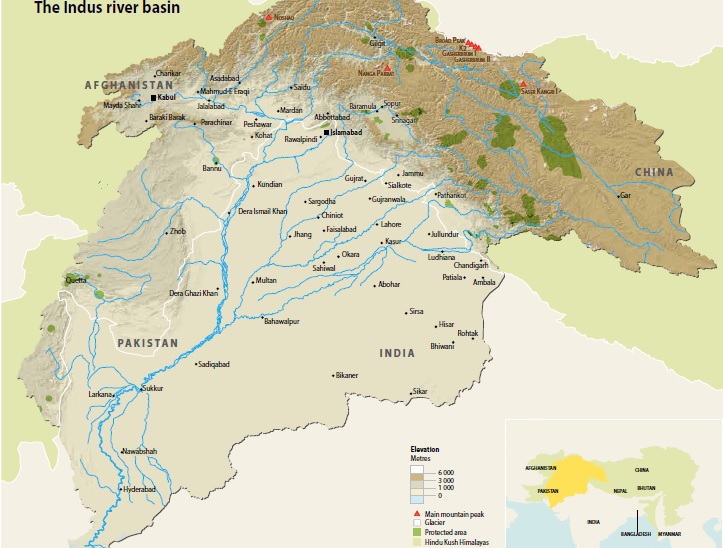
THE INDUS: VULNERABLE RIVER, VULNERABLE PEOPLE
Glacier and snow melt have long been factored into traditional farming strategies in monsoonal Asia, since rainfall is so strongly concentrated in summer, but crops need water much earlier in the seasonal cycle, in spring. This is especially so on the Indus River which, after leaving upper Tibet passes through northern India and then Pakistan. India’s growing reliance on impounded water, in response to increasing climate variability, has exacerbated tensions between upriver India and downriver Pakistan, which for decades were solved by an international water sharing treaty accepted by all. Pakistan now worries that as the lower riparian it is at the mercy of India and its increasing impoundment of water in dams. This adds to the many other tensions in India-Pakistan relations.
Further, agriculture on the Indus has been heavily reliant on the annual cycle of snow and ice accumulation and melt, in order to irrigate crops in need of more than what the monsoon delivers over a few months: “We show that dependence varies strongly in space and time and is highest in the Indus basin, where in the pre-monsoon season up to 60% of the total irrigation withdrawals originate from mountain snow and glacier melt, and that it contributes an additional 11% to total crop production. In total, 129 million farmers in the Indus and Ganges substantially depend on snow and glacier melt for their livelihoods. Snow and glacier melt provides enough water to grow food crops to sustain a balanced diet for 38 million people.”[10]
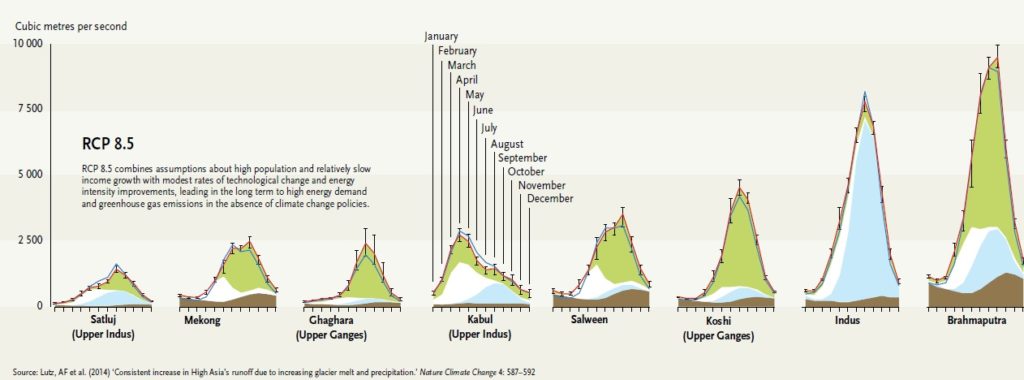
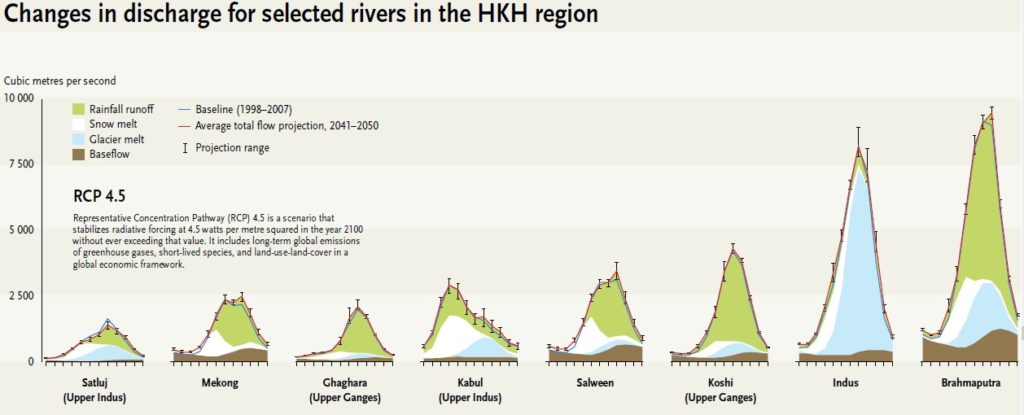
The Indus is especially dependant on glacier melt, notably in the hot and dry months of spring and summer when monsoon rains push into the Himalayas but leave Balochistan and Sindh provinces in the south still parched. This reliance on glacier melt makes the rice and cotton growers on the flat flood plains of the lower Indus acutely vulnerable to accelerating glacier melt on the upper Indus.
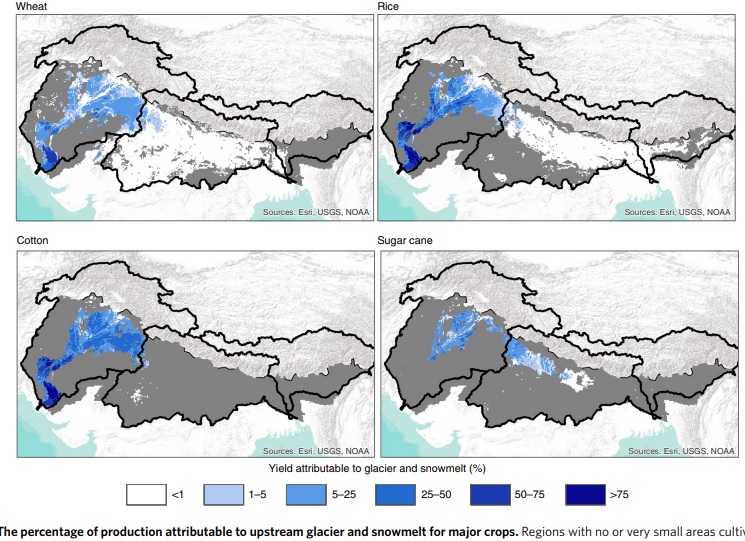
The Indus Waters Treaty has successfully defused tensions over many decades, but was written in the 1950s, a time when no-one imagined climate change would tilt the entire playing field and drive India to impound more, to Pakistan’s detriment.[11] Not only do many Pakistani farmers depend on seasonal glacier melt to sustain their crops very far downriver from the Tibetan glacial source, Pakistan relies on both cotton and basmati rice for export income. Tibetans, upriver of both India and Pakistan, look on with deep concern, but helpless to act, as public advocacy is treated by China as criminal.
WHEN IS A CLIMATE EMERGENCY ACTUALLY URGENT?
The IPCC is serious about 2030 as the outer limit of the time remaining to reduce emissions drastically, and UN Secretary-General Guterres is doing all he can to ensure all nations, big and small, developed and developing, understand that 2030 is when emissions reductions have to be completed, not slowly begun.
China is now the global outlier, having made no commitment at Paris 2015 to anything beyond beginning emissions reductions starting 2030. Since then China has pledged nothing further, yet proclaims itself a champion of ecological civilisation construction.
China’s ecological civilisation credentials come largely from removing Tibetans en masse from their alpine meadow pastures, as if this is a return to pristine unspoiled prehuman nature, to be applauded.
Tibetans did almost nothing to contribute to the climate emergency, but now suffer not only the destabilising effects of climate change but the population exclusions and clearances imposed by China in the name of climate mitigation.
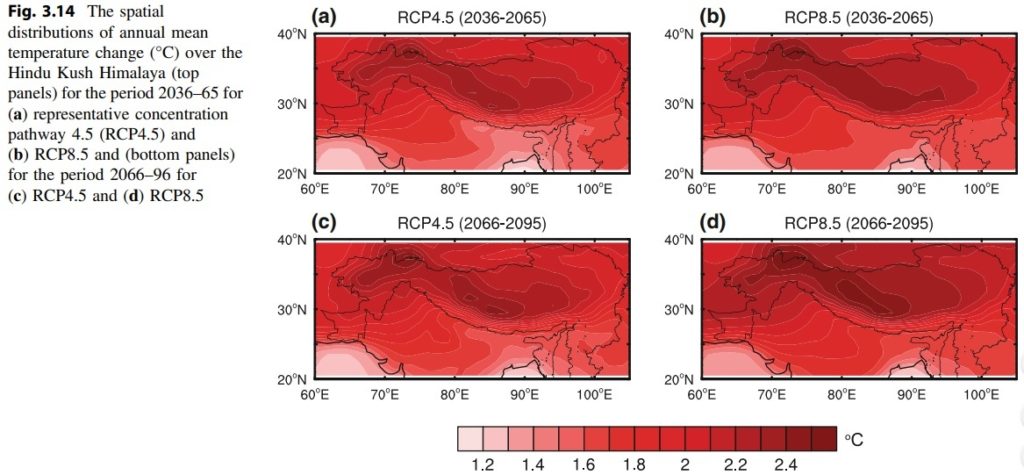
China urgently needs to offset its ongoing emissions by parading its green credentials, notably by proclaiming 30 per cent of the Tibetan Plateau as national park. Can the world, keen to see progress on climate change, get to grips with the complex reality that excluding nomads from productive and sustainable pastures is not the solution to climate change, especially when more and more coal mines and power stations are being built in China?
#gabriellafitte
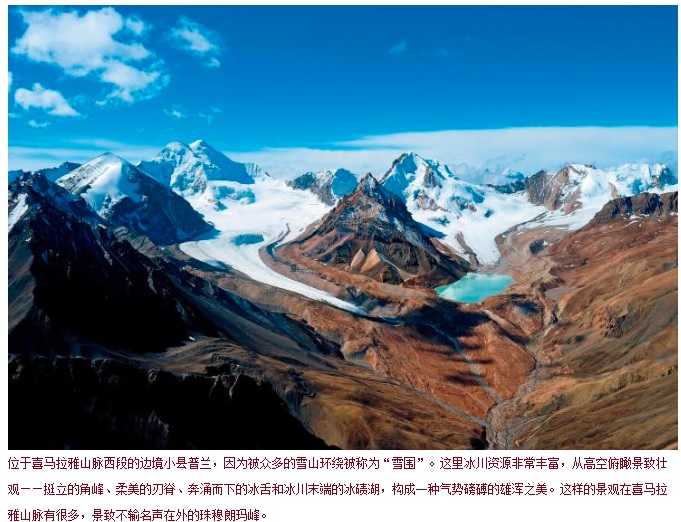
Source: China Natural Geography magazine
[1]FANG Yue et al., Changes in inland lakes on the Tibetan Plateau over the past 40 years, Journal of Geographic Sciences, 2016, 26(4): 415-438
[2] China Council for International Cooperation on Environment and Development, 2018 Policy Recommendations to China’s State Council, CCICED Annual General Meeting, Beijing, 1-3 November 2018
[3] Haikun Wang et al., China’s CO2 peak before 2030 implied from characteristics and growth of cities, Nature Sustainability, 2019, August, 748-754 https://doi.org/10.1038/s41893-019-0339-6
[4] Anne-Marie Blondeau ed., TIBETAN MOUNTAIN DEITIES, THEIR CULTS AND REPRESENTATIONS, 7th Seminar of the International Association for Tibetan Studies, Graz 1995
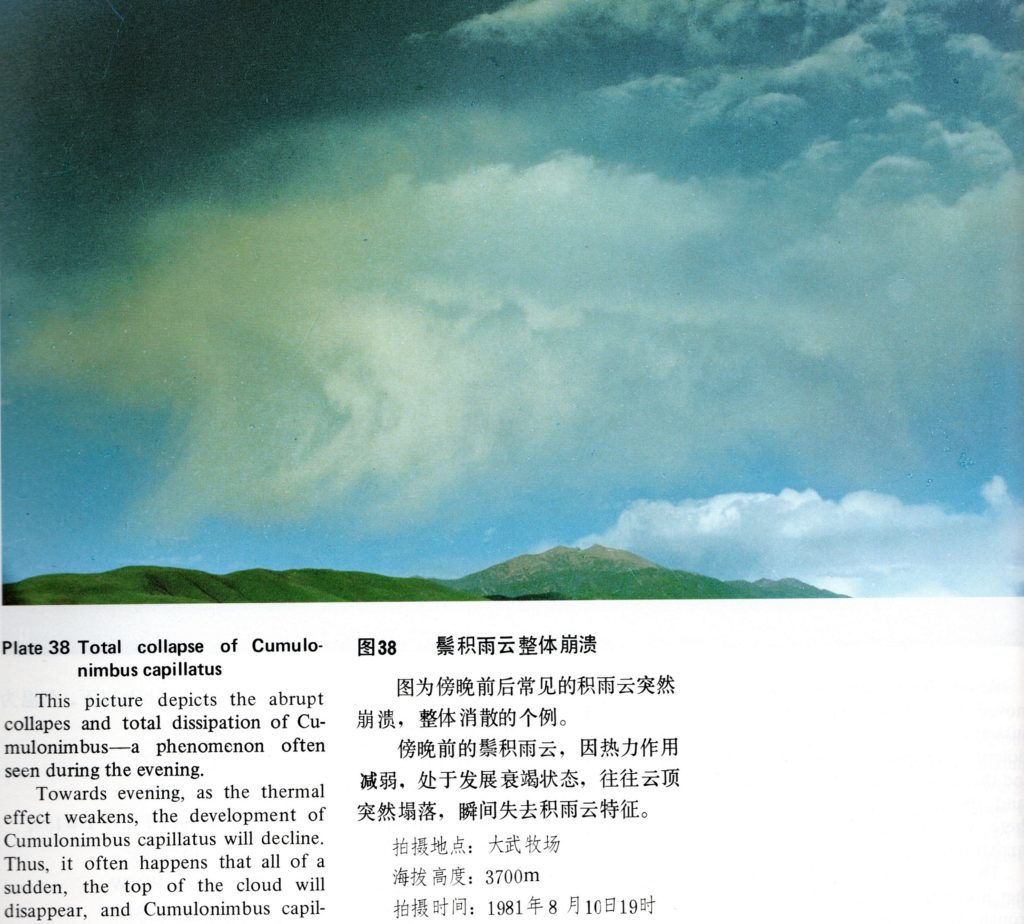
Source: Atlas of the Clouds of Qinghai-Xizang Plateau, 1986
[5] Julia A. Klein et al.,A Participatory Framework for Building Resilient Social-Ecological Pastoral Systems, in Maria E. Fernandez-Gimenez, Restoring community connections to the land : building resilience through community-based rangeland management in China and Mongolia, CABI, 2012, 28
[6] HKH Assessment, ICIMOD, 2019, 436
[7] Guangyue Xu et al., Determining China’s CO2 emissions peak with a dynamic nonlinear artificial neural network approach and scenario analysis, Energy Policy, Volume 128, May 2019, Pages 752-762
[8] Jiawei Da , Yi Ge Zhang, Gen Li, Xianqiang Meng, Low CO2 levels of the entire Pleistocene epoch, Nature Comunications, 2019, freely downloadable: https://www.nature.com/articles/s41467-019-12357-5
[9]Biswajit Mukhopadhyay, Rising river flows and glacial mass balance in central Karakoram, Journal of Hydrology, 2014, 513, 192- 203
[10] H. Biemans et al., Importance of snow and glacier meltwater for agriculture on the Indo-Gangetic Plain, Nature Sustainability, July 2019, 594-601. IPCC cites this as an authoritative source.
[11] Durgeshree RAMAN, Damming and Infrastructural Development of the Indus River Basin: Strengthening the Provisions of the Indus Waters Treaty, Asian Journal of International Law, 8 (2018), pp. 372–402